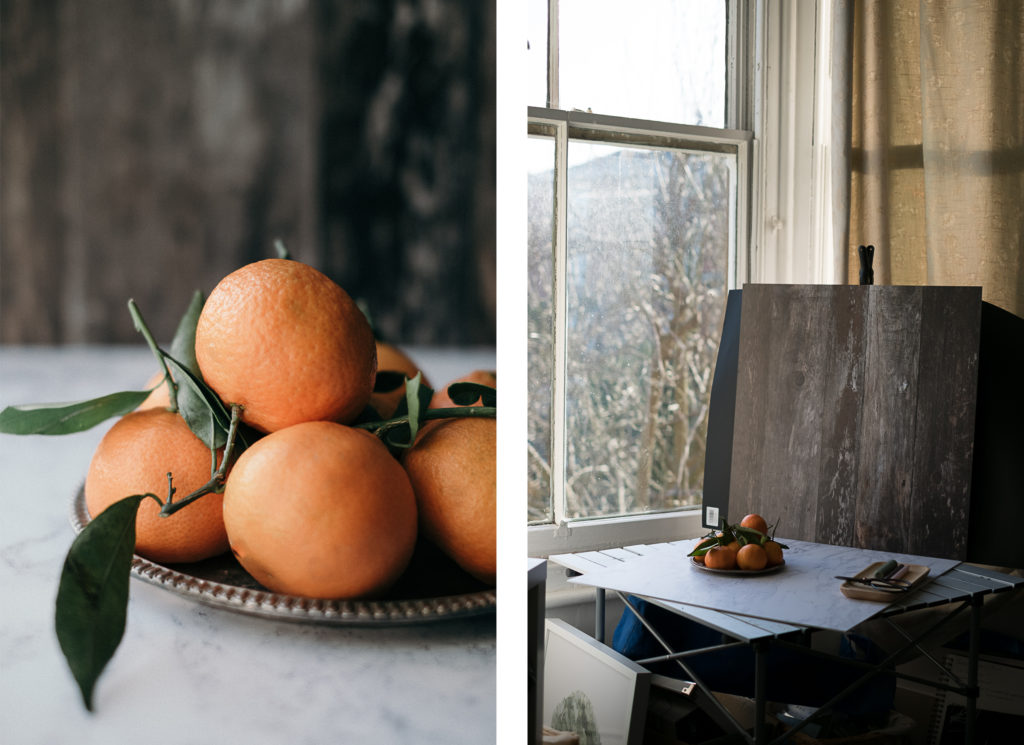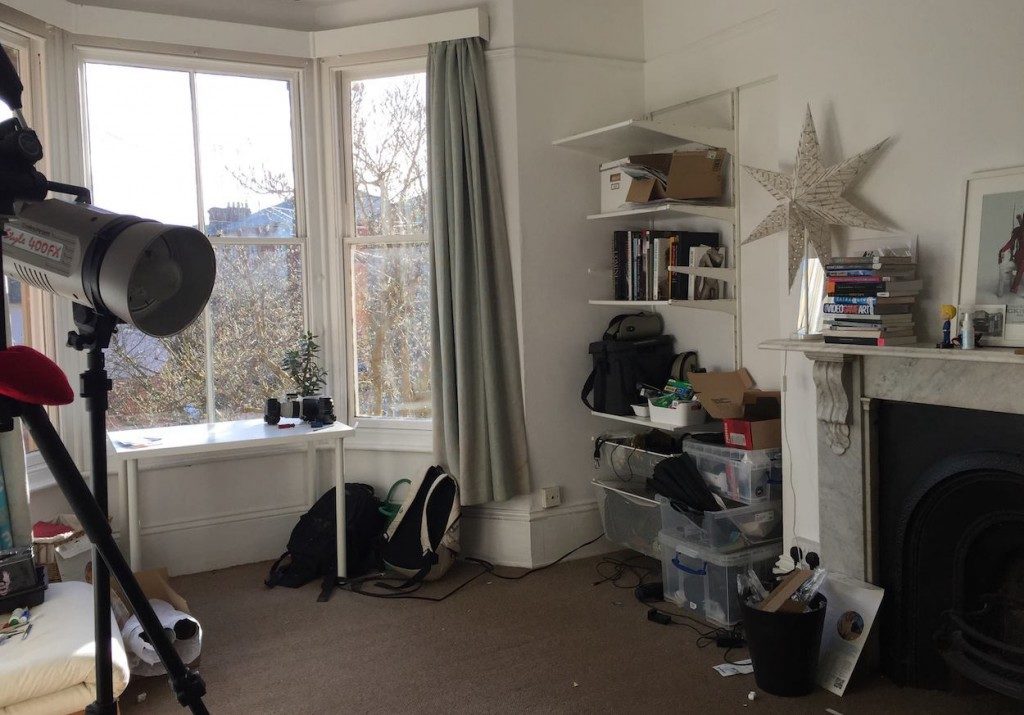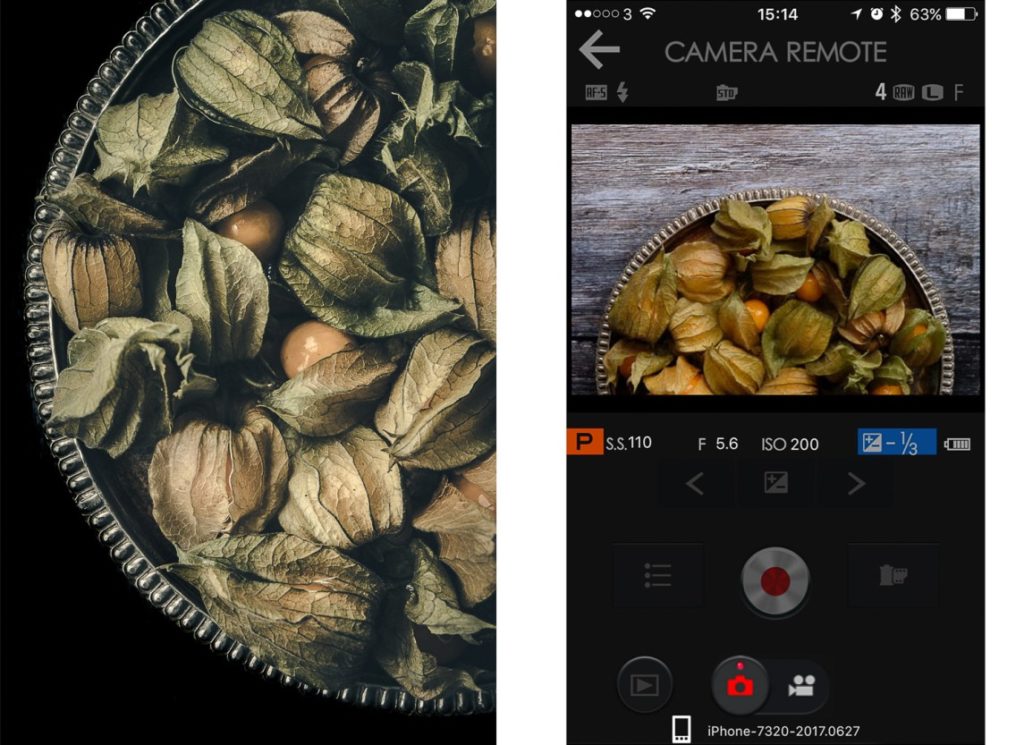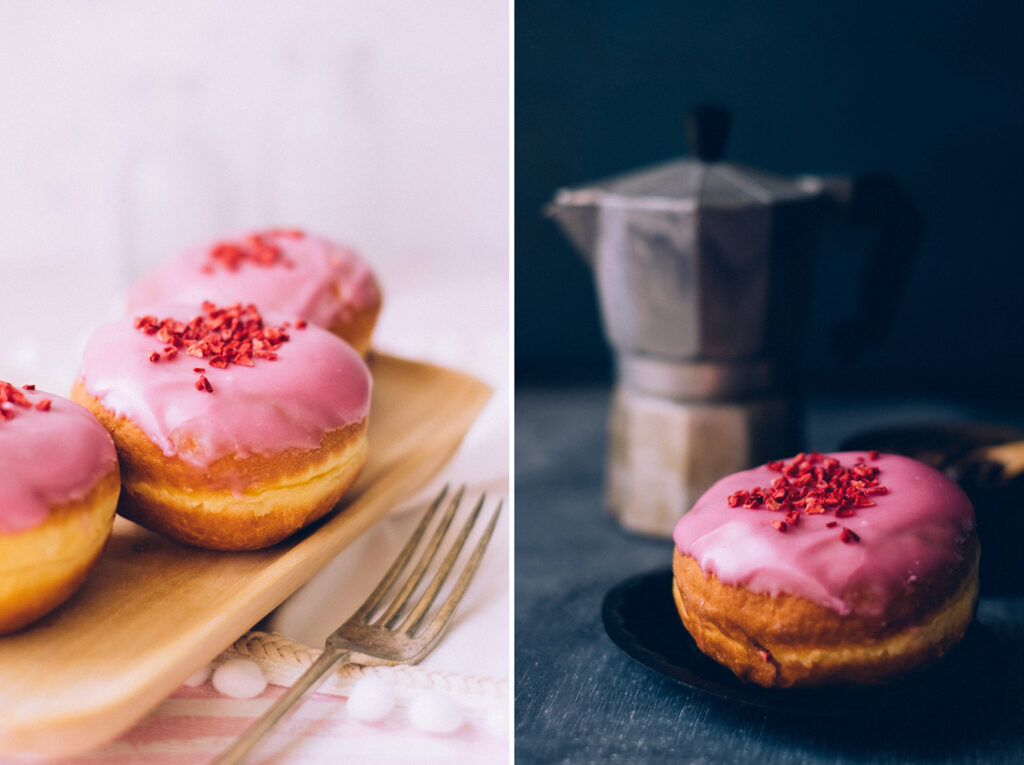
30 Sep Product Photography and Still Life: New Ideas for 2021
It’s been quite a while since I worked full time as a product photographer. Almost a whole decade since I was shooting fifty products a day on white backgrounds for huge high street brands. I learned a lot from that experience and I’ve tried to share that knowledge with other photographers.
The nature of writing for multiple websites. magazines, and blogs means that there’s no central place to find everything I’ve written on a subject. I’ve been asked now several times if I offer tuition in product photography, but here’s the next best thing – a roundup of all the articles I’ve written on product photography and still life.
The Gear List
The first thing to talk about is my gear list. Product photography does rely, to an extent, on gear and technical knowledge. I’m not going to talk about e-commerce white background photography here (the summary is: use strobes, light your background two stops brighter than your subject and then send it to a retoucher or cut it out yourself with a pen tool).
Here is my gear list for natural light photography (these links are affiliate links, I make a small amount on each sale and it doesn’t change the price you pay). It’s a short list; you might be suprised.
This is quite an old camera now, but I wholeheartedly recommend the whole Fujifilm range. A couple of years ago I changed system and went from a Canon 5DMkII (which is a full frame dSLR) to the company Fujifilm system. I will write a blog post one day about how liberating and freeing it was to change to a smaller camera, but I think it’s the best thing I ever did for my photography.
When it comes to product photography I particularly like the liveview on the back of the camera and the iPhone app that is available to control the camera (useful for when you’ve got a flat lay setup and you’re short like me).
The Fujifilm 25mm f1.4 lens is a real thing of beauty. I recommend all Fuji camera owners try and get hold of one. Note that if you are looking for an equivalent lens for your own camera brand, this is effectively a 50mm lens on a full frame camera.
I have this lens on my camera for probably 95% of the time and I shoot most still life images with it. It can get reasonably close up to your subject, but if I need to get closer then I tend to pop some close-up lenses on the camera. If I need to shoot small objects with more clarity then I have my old Canon 100m Macro lens and the 5DMkII body (which is also what I use for “scanning” film).
These backdrops were a revelation when I discovered them. You see, I longed for the amazing elaborate setups that I had seen in product photography studios. Beautiful, weathered old tables and work surfaces just waiting to be the foundation of the most beautiful product photography and still life images.
Well, since I don’t yet have my huge photography studio with attached farmhouse, I had to improvise. I started by painting backdrops myself (squares of plywood that the local DIY store cut into 60cm squares for me) but these Photoboards were what I really wanted.

Lindsey James is the genius behind the company. She found a way to reproduce textures that she’d photographed 1:1 scale and with such high resolution that they look real in your images. I have probably a dozen of her PhotoBoards and, quite frankly, I wouldn’t buy from anywhere else right now.
Other companies often offer a paper backdrop which just just aren’t as good. They aren’t durable, they don’t always look realistic, and they get damaged if your studio is anything like mine. PhotoBoards on the other hand are thin foam board which keeps them light and easier to store without damage. I know lots of wedding photographers use them for their detail shots, and I take them to clients premises if I’m doing branding work.
Unfortunately Manfrotto doesn’t make the exact tripod that I have anymore, I bought mine quite a long time ago. For studio photography I reccomend the heaviest tripod you can afford, and a three way head rather than a ball head. If you want to do flatlays you will either need a tripod where the centre pole converts to horizontal, or an additional boom arm (Manfrotto make a really nice one).
The best thing about Manfrotto in my mind, is that you can buy spare parts from them. That means when the tripod inevitably breaks (as they do in time) you can just replace that part. It’s much better for your wallet than buying a new one, and it’s more eco-friendly too!
Product Photography Tips
Let’s start at the beginning then, right? Here’s a roundup of things that I would consider “tips and tricks” when it comes to actually shooting the images. But first I want to show you a picture of my studio space. I rented this Victorian townhouse because it had a great bay window. However you don’t need such a big and bright window to shoot great product photography or still life images.

By using the same approach as me you can shoot product images that will look great on Instagram or in wedding photography albums just about anywhere. All you need is a window, some light, and some creativity.
Natural Light Product Photography Ideas
This was the first article I wrote on product photography. I wanted to show that you didn’t need to invest in loads of gear in order to shoot images that looked great for brands. At the time I was very much trying to move away from the sterile white background e-commerce photography that I’d been shooting so much of in a previous life.
Window Light Still Life Photography: Getting Started
Here it is. The behind the scenes shots of my little setup. You might be surprised at how basic it is – just two boards on a camping table next to my window. I control the light somewhat using reflectors and the curtains.
And if you’ve not signed up for it, A Year With My Camera is an absolute banger of a course.
5 Product Photography Tips to Improve Your Images
In this article for Digital Photography School I discuss the basics of product photography. Tripods, good lighting, different specifications and angles for social media, and don’t forget the packaging! It’s basic, but it’s a good place to start.
How to Create Fine Art Images from the Mundane
Food for thought if you want to take a fine art approach (and I use those beautiful PhotoBoard backdrops), but mostly here I want to direct your attention to the use of the Fujifilm iPhone app.

Having a camera with a phone app available is brilliant. I really do suggest that when you upgrade you consider this feature.
Simple Methods for Creating Better Still Life Images
In this article I talk about how to use colour and texture for mood, as well as storytelling in your images. The way we present products with different accessories and approaches to photography can really make a difference to the kind of audience that responds to those images.
How to Achieve Dark and Dramatic Food Portraits
You don’t have to keep these natural lighting and processing techniques just for food, I think they’d look pretty mega for a dark and dramatic bridal bouquet, or a little coffee shop scene for Instagram. These images were shot with just natural light, a piece of tin foil wrapped around some cardboard, and two backdrops from PhotoBoards.
Sourcing and Creating Props
Props and backdrops can make or break an image. I’ve already talked about the fact I’m in love with PhotoBoards, but here are some more articles I’ve written about sourcing and creating props for product photography and still life.
Sourcing Props for Natural Light Product Photography
I love browsing antiques stores and second hand shops. This is where lots of my props come from. I take real joy in finding the perfect scrap of antique french fabric, or an old bottle that will look amazing for some stock photography shots.
DIY Food Photography Props on a Budget
You don’t have to use them just for food! This blog post contains my mini-tutorial on painting your own backdrops, including a rather charming one with pink stripes that I love. Don’t forget to shop the orphan tiles section of your local DIY store, and teach yourself some basic sewing to make custom linens and textures!

Both of the above backgrounds were created for less than £15 in total. One is the painted pink stripes I mentioned above, the other is a chalkboard painted piece of plywood that you can actually draw on with chalk for a menu effect!
This article has even more photographs of my still life photography setup that just involves a window and some PhotoBoards! You’ll see in this article how I flag the light for darker images.
Taking it Further
There is more to shooting product photography and still life than commercial work for clients. Here’s some further articles about different ways to use these skills.
Photographing a Still Life Series for Exhibition or a Portfolio
This touches on ideas of coherency if you’re trying to create a smart and coherent portfolio. If you’re looking to create a consistent “style” to your work, then you might find this article useful.
Shooting Stock Photography: Getting the Most Out of a Single Subject
I’ve been shooting stock photography for the past fifteen years and it forms a solid part of my income. Product photography and still life techniques are really useful if you’re looking to build a catalogue of images to sell through a stock agency. This article is about maximising your time. When you’re shooting the detail shots of a wedding, or storytelling images for a branding client, think about if these images could be repurposed for your stock catalogue. In this way you can literally earn while you sleep!
Another article about stock photography. This one is about how I manage and keep track of my images for stock photography.
The Ultimate Guide to Diversifying your Photography Income
I wrote this (extremely long) blog post at the start of lockdown when I saw friends trying to pivot their business. This contains lots and lots of ideas for both active and passive photography income, and most of them are suitable for product and still life photographers.
What next?
If there’s something else you’d like me to write about when it comes to product photography then I’m all ears. Please do let me know what you’d like to see.
I’d like to write some pieces in the future about e-commerce photography on white, as well as how to find customers. If you’re keen to read these then do let me know!
And I’m still contemplating adding workshops to my 2021 business plan – let me know if this is something you might be interested in, or if you have a natural light space that I could teach in.
Additionally – when it’s safe, I’m always up for meeting up for a coffee. I’m based just North of Oxford in the Cotswolds and I love to talk photography in person.

